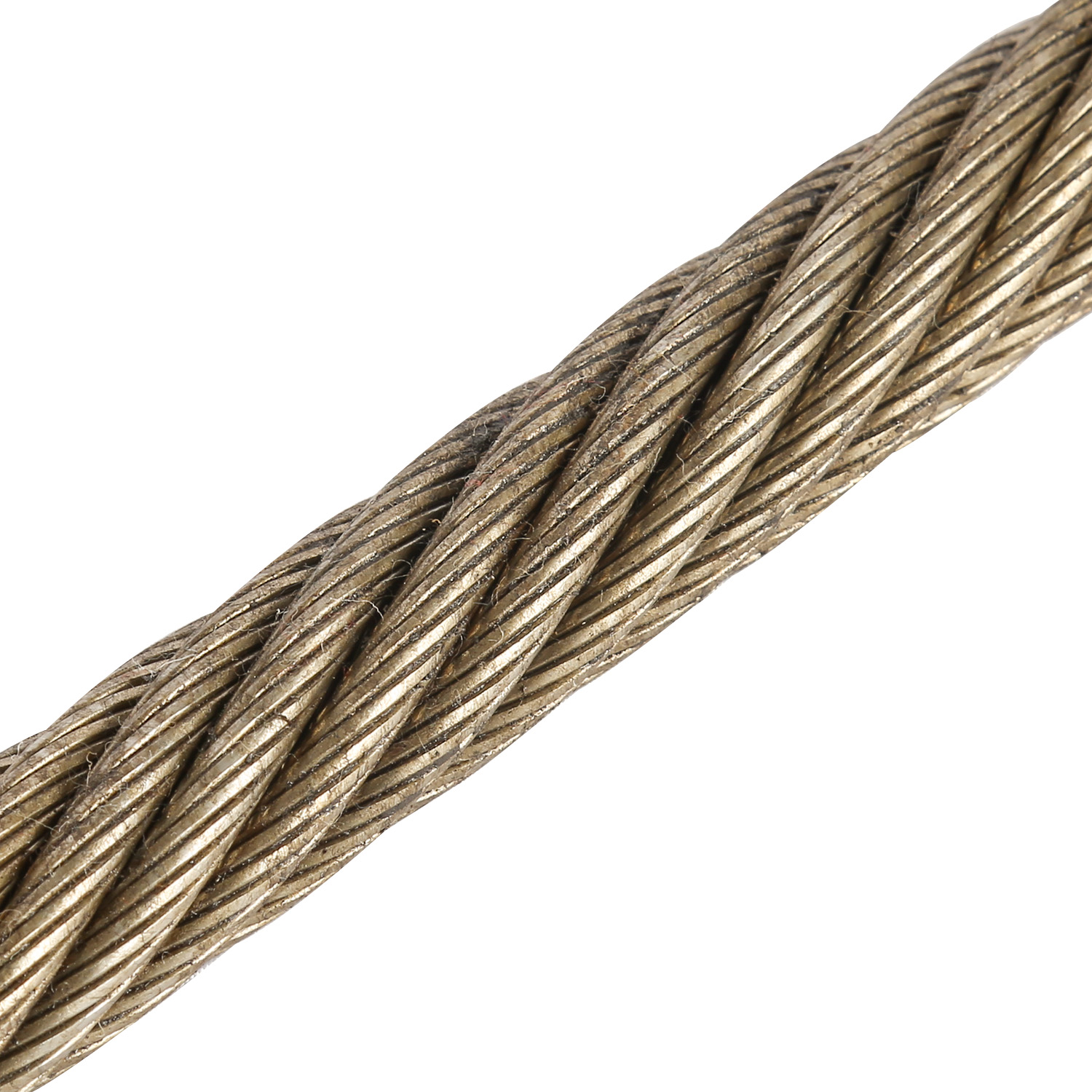Table of Contents
Conductivity of Copper
Copper is a versatile metal that has been used for centuries in various applications due to its excellent conductivity. One of the most common uses of copper is in the production of Electrical Wires. Copper wires are preferred over other materials for conducting electricity because of their high conductivity. But why is copper so well-suited for this purpose? The answer lies in the unique properties of copper that allow it to be easily drawn into wires.
Copper is a highly conductive metal, meaning it allows electricity to flow through it with minimal resistance. This property is essential for electrical wires, as it ensures that the electricity can travel efficiently from one point to another. The high conductivity of copper is due to its atomic structure. Copper atoms have a single electron in their outer shell, which makes them highly mobile and able to carry electrical charge effectively.
In addition to its high conductivity, copper is also a very ductile metal. Ductility refers to the ability of a material to be stretched or drawn into a wire without breaking. Copper is one of the most ductile metals, which means it can be easily drawn into thin wires without losing its conductivity. This property is crucial for the production of electrical wires, as it allows manufacturers to create long, continuous lengths of wire that can be used to transmit electricity over long distances.
The ductility of copper is a result of its crystal structure. Copper has a face-centered cubic crystal structure, which allows its atoms to slide past each other easily when the metal is stretched. This sliding motion prevents the metal from becoming brittle and breaking when it is drawn into a wire. Instead, the copper atoms rearrange themselves to form a long, continuous wire that retains its conductivity.

Another factor that contributes to the ability of copper to be drawn into wires is its high melting point. Copper has a melting point of 1,984 degrees Fahrenheit, which is relatively high compared to other metals. This high melting point allows copper wires to withstand the heat generated by the flow of electricity without melting or deforming. This is important for ensuring the longevity and reliability of electrical wires in various applications.
In conclusion, copper is an ideal material for the production of electrical wires due to its high conductivity, ductility, and high melting point. These properties allow copper to be easily drawn into wires that can efficiently transmit electricity over long distances. The unique atomic structure and crystal structure of copper enable it to maintain its conductivity and integrity when stretched into thin wires. As a result, copper remains the material of choice for electrical wiring in a wide range of applications, from household wiring to industrial Power Transmission.

